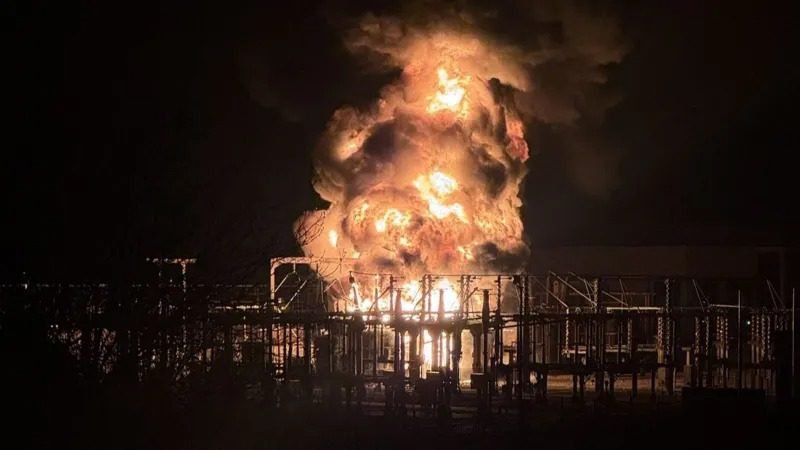The Heathrow Airport shutdown following a substation fire has raised concerns about critical infrastructure resilience and power supply reliability. National Grid’s chief executive, John Pettigrew, stated that Heathrow had “enough power” from alternative substations and dismissed claims of a power shortage affecting airport operations.
Cause of the Heathrow Power Outage
On Friday, a transformer fire at a substation in Hayes, near Heathrow Airport, caused significant disruption. The incident led to an 18-hour shutdown, affecting thousands of flights, stranding passengers, and disrupting global supply chains. While Heathrow Airport has emergency backup generators, its primary electricity supply comes from three National Grid substations. Despite one substation being disabled, Pettigrew confirmed the remaining two were fully operational and capable of supplying sufficient electricity to Heathrow.

Heathrow’s Response to the Power Failure
Heathrow’s chief executive, Thomas Woldbye, clarified that the delay in reopening was due to the time required to transfer power safely. Critical airport systems, including fueling infrastructure, security controls, baggage handling, and escalators, had to be rebooted systematically to ensure passenger safety. Heathrow management described the situation as unprecedented, necessitating extensive safety protocols.
However, industry experts criticized Heathrow Airport’s response. Willie Walsh, head of IATA, labeled the shutdown a “clear planning failure,” arguing that Heathrow’s contingency planning for power failures was inadequate and that better emergency power solutions should have been in place to prevent prolonged disruptions.
Government and Industry Reactions
Transport Secretary Heidi Alexander emphasized that Heathrow Airport, as a private company, is responsible for its own operational decisions. The UK government has launched a six-week investigation led by the National Energy System Operator (Neso) to examine infrastructure resilience and power supply contingencies. Simon Gallagher of UK Network Services questioned why Heathrow lacked an independent backup power system, unlike nearby data centers, raising concerns about the airport’s emergency preparedness.

Impact on Airlines, Passengers, and Cargo Operations
The power outage at Heathrow Airport stranded thousands of passengers, causing flight cancellations and delays across multiple airlines, including British Airways and Virgin Atlantic. Cargo operations were also severely impacted, delaying millions of pounds worth of goods transported through Heathrow’s freight network. Airlines have demanded stronger contingency planning to avoid similar disruptions in the future.
Future Precautions and Power Resilience Measures
The Heathrow power failure underscores the urgent need for improved backup power solutions and faster response mechanisms. Experts recommend additional redundancy measures, independent power sources, and automated power switching systems to enhance Heathrow’s power supply resilience. The Neso report, expected in May, may prompt significant changes to Heathrow’s power management strategy, ensuring stronger protections against future outages.
As global transportation hubs assess their vulnerability to power failures, Heathrow Airport’s shutdown highlights the critical importance of infrastructure investment and contingency planning. Ensuring a reliable power supply is essential to preventing operational disruptions and maintaining passenger confidence in the aviation industry.




